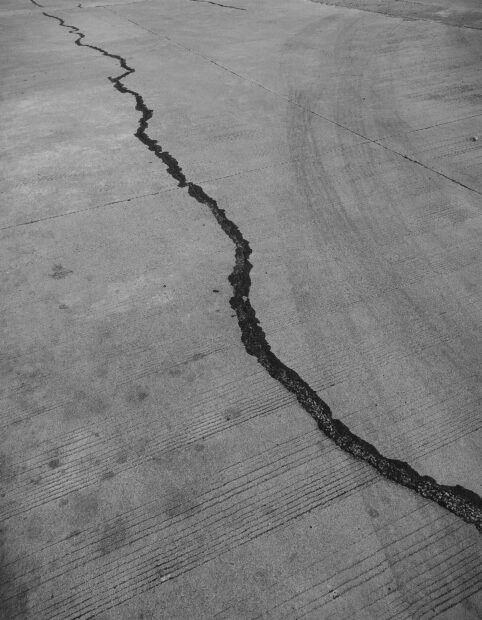The Philippines, a beautiful archipelago nation, sits atop the Ring of Fire, a horseshoe-shaped zone in the Pacific Ocean notorious for volcanic activity and earthquakes. Recent tremors are a stark reminder of earthquakes’ constant threat to the Philippines, highlighting the need for continued vigilance and preparedness.
In November 2023, a series of earthquakes rattled the southern island of Mindanao, the strongest registering a magnitude of 6.8. These quakes caused casualties, injuries, and widespread infrastructure damage. Though not isolated, this event underscores the Philippines’ vulnerability to seismic activity. The 1990 Luzon earthquake, for instance, measured a staggering 7.9 magnitude, resulting in thousands of deaths and significant economic losses.
Earthquakes unleash devastating consequences. Loss of life is the most immediate tragedy. Collapsed buildings, falling debris, and fires ignited by broken gas lines all contribute to the high death toll. Property damage is extensive, with homes, businesses, and vital infrastructure crumbling under the shaking. The long-term economic impact is severe, disrupting livelihoods, hindering business operations, and straining resources needed for rebuilding.
However, the Philippines still needs its defenses. The country’s building codes are engineered to withstand earthquakes, and retrofitting programs aim to strengthen older structures. Regular earthquake drills prepare communities for the shaking, teaching people how to “Drop, Cover, and Hold On” to evacuate buildings safely. Public education campaigns raise awareness about earthquake preparedness, emphasizing the importance of having emergency kits, securing furniture, and identifying safe zones within homes.
Living on the edge of a tectonic plate system requires constant vigilance. By prioritizing earthquake preparedness, the Philippines can mitigate the devastating effects of these natural disasters. Building a culture of preparedness, from robust infrastructure to informed citizens, will equip the Philippines to face the inevitable tremors and emerge stronger.
To bolster preparedness, the Philippines even conducted a nationwide earthquake drill on June 28, 2024. This nationwide exercise, involving millions of citizens, showcased the country’s commitment to preparing for the “Big One,” a potential massive earthquake predicted to hit the region. The drill, formally called the Nationwide Simultaneous Earthquake Drill (NSED), simulated a powerful 7.2 magnitude quake impacting Central Luzon, CALABARZON, and Metro Manila, all areas vulnerable to the West Valley Fault.
The NSED was more than just a single-location event. Earthquake exercises were conducted in various locations across the country, including Fort Magsaysay in Nueva Ecija, barangay halls in Quezon City and Manila, and even military bases like the MMDA Motorcycle Riding Academy in Pasig and Villamor Air Base in Pasay. These drills encompassed various emergency response scenarios, including mass casualty management, emergency operations center activation, search and rescue for collapsed structures, and more.
The NSED serves a crucial purpose beyond simply practicing the “duck, cover, and hold” routine. It allows authorities to assess the effectiveness of communication protocols, equipment, coordination between different agencies, decision-making processes, and resource mobilization. This large-scale drill also tests the readiness of first responders and ensures the safety and efficiency of deployment procedures. Ultimately, the NSED helps identify areas for improvement in the country’s overall disaster risk reduction strategy.
With the potential for a devastating “Big One” looming, the National Disaster Risk Reduction and Management Council (NDRRMC) estimates casualties exceeding 60,000 and over 120,000 people missing. These stark figures underscore the importance of the Philippines’ proactive approach through initiatives like the NSED. By continuously preparing for the inevitable, the Philippines can significantly reduce the impact of earthquakes and protect its citizens.


